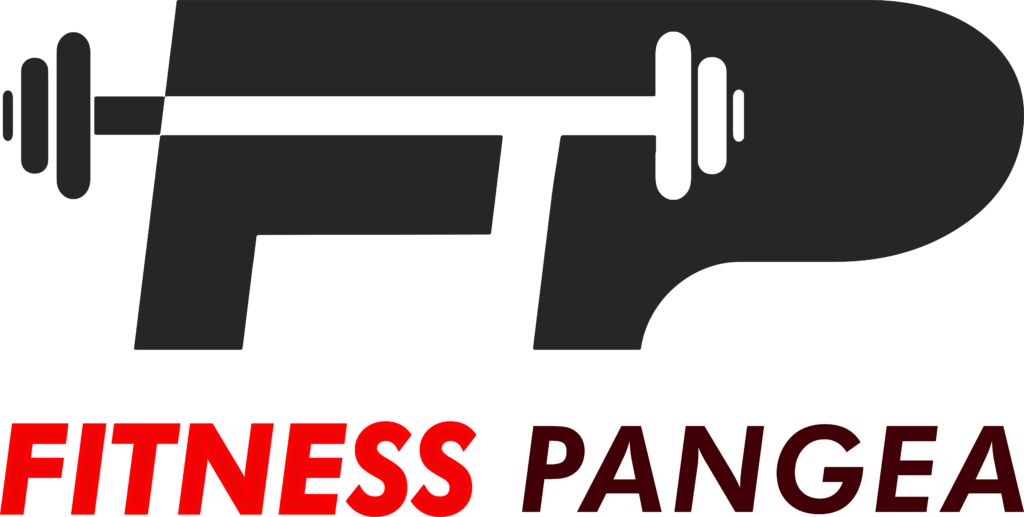Strength training has long been associated with bulging muscles and heavy weights, a perception that can be intimidating, particularly for women. However, this couldn’t be further from the truth. Strength training for women is a powerful tool that not only helps build lean muscle but also contributes to overall health, well-being, and toning up without the need for massive weights or gym dominance. In this blog, we’ll explore the benefits, misconceptions, and practical tips for women who want to embark on a strength training journey to achieve a stronger, healthier, and more toned physique.
Understanding Strength Training
Before diving into the specifics, let’s start by understanding what strength training is and why it’s important for women.
What is Strength Training?
Strength training, also known as resistance or weight training, involves exercises designed to increase muscular strength and endurance by using resistance. This resistance can come from a variety of sources, such as free weights, resistance bands, machines, or even your body weight. The primary goal of strength training is to stress your muscles, causing them to adapt and become stronger over time.
Why is Strength Training Important for Women?
Increased Muscle Mass: Building lean muscle is essential for women because it enhances metabolism. Muscles require more energy than fat, so the more muscle you have, the more calories your body burns at rest. This can be a game-changer for weight management.
Bone Health: Strength training helps increase bone density and can reduce the risk of osteoporosis, a condition more common in women.
Toning and Definition: Strength training can help create a toned and defined appearance. While women may not have the hormonal makeup to develop large muscles like men, they can certainly achieve a sculpted and toned physique.
Injury Prevention: Strong muscles provide better support for joints and reduce the risk of injury. This is especially important as women are often prone to issues like knee and back pain.
Functional Strength: Building strength is not just about aesthetics; it also improves your ability to perform everyday tasks with ease, from carrying groceries to lifting children.

Common Misconceptions About Strength Training for Women
Before we delve into how to start strength training, let’s address some common misconceptions that might be holding you back.
“I’ll Get Bulky”: This is a prevailing myth. Women do not produce the same levels of testosterone as men, which is essential for significant muscle growth. You can build strength and lean muscle without becoming bulky.
“It’s Only for the Young”: Strength training is for women of all ages. In fact, it becomes increasingly important as you get older to maintain bone density and prevent muscle loss.
“I Need to Lift Heavy Weights”: While lifting heavy weights can be effective, it’s not the only way. Many women achieve excellent results with lighter weights and higher repetitions.
“It’s Complicated”: Strength training can be as simple or as complex as you make it. You can start with basic bodyweight exercises and gradually progress to more complex movements as you gain confidence and experience.
How to Start Strength Training
Now that we’ve addressed the misconceptions, let’s explore how to start your strength training journey.
1. Set Clear Goals
The first step is to define your goals. What do you want to achieve with strength training? Whether it’s toning up, increasing your strength, or improving your overall health, having clear objectives will guide your training program.
2. Choose the Right Exercises
There are countless strength training exercises to choose from, but for beginners, it’s best to start with a few basic movements. Here are some to consider:
Squats: Great for targeting the lower body, including the quadriceps, hamstrings, and glutes.
Push-Ups: An excellent upper body exercise that works the chest, shoulders, and triceps.
Planks: A core-strengthening exercise that also engages the shoulders, chest, and back.
Dumbbell Rows: Works the upper back and biceps.
Lunges: Targets the legs and glutes.
Deadlifts: A more advanced exercise that works multiple muscle groups, including the back, legs, and core.
3. Start with Light Weights or Resistance Bands
As a beginner, it’s important to start with light weights or resistance bands. This allows you to focus on your proper form and reduces the risk of injury. You can gradually increase the resistance as you become more comfortable with the movements.
4. Proper Form is Key
Correct form is crucial to avoid injury and maximize the benefits of strength training. If possible, seek guidance from a fitness professional or use online resources to learn about the proper form for each exercise.
5. Create a Routine
Consistency is key when it comes to strength training. Create a weekly routine that incorporates strength training exercises. Aim for at least two to three days of strength training per week, with rest days in between.
6. Monitor Your Progress
Keep a workout journal or use a fitness app to track your progress. This will help you stay motivated and make adjustments to your routine as needed.
7. Nutrition Matters
Strength training goes hand in hand with proper nutrition. Ensure you’re getting an adequate amount of protein, carbohydrates, and healthy fats to support your muscle growth and recovery.
8. Get Adequate Rest
Your muscles need time to recover and grow. Make sure you get enough rest and sleep to support your training efforts.
9. Stay Patient and Positive
Strength training is a journey, and results may not be immediate. Stay patient, stay positive, and celebrate your achievements along the way.
Strength training for women is not about getting bulky; it’s about building lean muscle, improving overall health, and toning up. It’s a versatile and empowering form of exercise that can be tailored to your individual goals and fitness level. So, if you’re looking for a way to boost your fitness journey, give strength training a try. The benefits are numerous, and the sense of empowerment and accomplishment is unmatched. Remember, it’s never too late to start building a stronger, healthier you.



